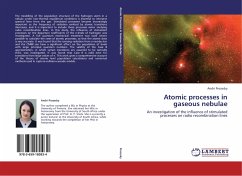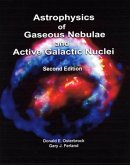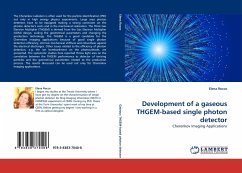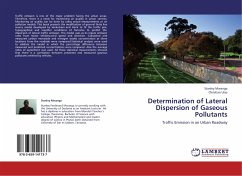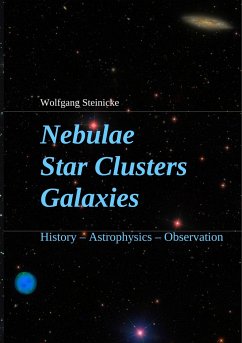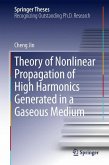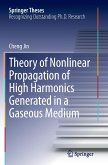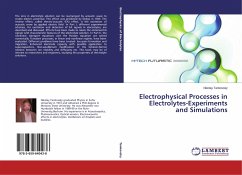The modelling of the population structure of the hydrogen atom in a nebula under non-thermal equilibrium conditions is essential to interpret spectral lines from the gas. Stimulated processes become increasingly important as the frequency of radiation emitted by atomic transitions decreases, and it is important to include these processes when studying radio recombination lines. In this study, the influence of stimulated processes on the departure coefficients of the n-levels of hydrogen was investigated. A full quantum mechanical treatment was used where possible to calculate the rates of atomic processes, so that the atomic data is very accurate. It was found that the ionizing radiation from a nearby star and the CMBR can have a significant effect on the population of levels with large principal quantum numbers. The validity of the Case B approximation, in which Lyman transitions are assumed to be optically thick, was investigated. It was found that Case B is valid even for transitions from large values of n. This work gives a comprehensive account of the theory of atomic level population calculations and numerical methods used in capture-collision-cascade models.
Bitte wählen Sie Ihr Anliegen aus.
Rechnungen
Retourenschein anfordern
Bestellstatus
Storno

